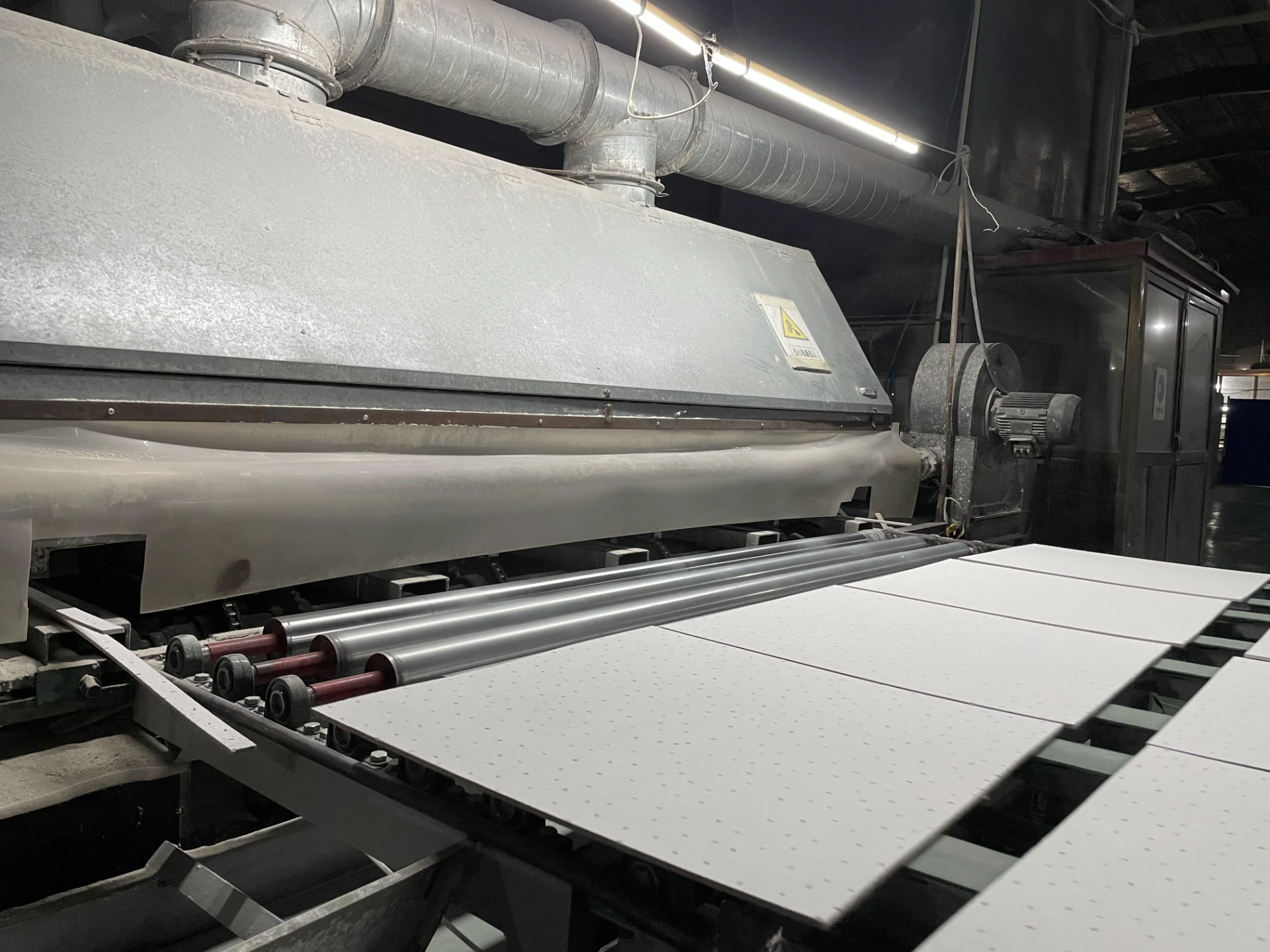Nov . 21, 2024 05:52 Back to list
mineral fibre board ceiling
Understanding Mineral Fibre Board Ceilings Benefits and Applications
Mineral fibre board ceilings have become increasingly popular in both commercial and residential spaces due to their numerous advantages and versatile applications. These ceilings are primarily made from mineral fibers, such as rock wool or glass wool, which are combined with other materials to create a robust, sound-absorbing, and aesthetically appealing ceiling solution.
What is Mineral Fibre Board?
Mineral fibre boards are manufactured from natural or synthetic mineral fibers that provide a lightweight, durable, and effective building material. The production process involves spinning or mixing these fibers with binders, additives, and sometimes fillers to enhance their properties. As a result, mineral fibre boards can achieve excellent thermal and acoustic insulation characteristics.
Advantages of Mineral Fibre Board Ceilings
1. Sound Absorption One of the main reasons for the adoption of mineral fibre ceilings is their exceptional sound-absorbing capabilities. These boards can effectively reduce noise levels within a space, making them ideal for settings like offices, schools, and hospitals where acoustic comfort is essential. The porous structure of the boards allows sound waves to enter and be dampened, thus minimizing echoes and creating a quieter environment.
2. Fire Resistance Safety is a paramount concern in building design, and mineral fibre boards excel in this area. Most mineral fibre ceilings are classified as non-combustible, meaning they resist flames and do not release harmful smoke when exposed to fire. This attribute significantly enhances the fire safety rating of buildings, making them a preferred choice in high-risk areas.
3. Thermal Insulation These ceilings also provide excellent thermal insulation, helping to regulate indoor temperatures. The inherent properties of the mineral fibers limit heat transfer, contributing to energy efficiency in buildings. This is particularly beneficial in regions with extreme weather conditions, where keeping the interior warm in winter and cool in summer is critical.
mineral fibre board ceiling

4. Moisture Resistance Moisture can lead to the growth of mold and mildew, posing health risks and damaging building materials. Mineral fibre boards are often manufactured with moisture-resistant properties, making them suitable for environments such as bathrooms and kitchens where humidity levels can be high.
5. Aesthetic Versatility Available in various designs, sizes, and finishes, mineral fibre ceilings can be tailored to fit different architectural styles. Whether it's a smooth surface for a modern look or textured patterns for a more traditional feel, these ceilings enhance the visual appeal of any interior space.
Applications of Mineral Fibre Board Ceilings
The versatility of mineral fibre ceilings allows them to be used in various applications, including
- Commercial spaces Offices, retail stores, and hospitality environments benefit from the sound absorption and aesthetic versatility. - Educational facilities Schools and colleges utilize mineral fibre ceilings to create conducive learning environments with reduced noise distractions. - Healthcare settings Hospitals and clinics favor these ceilings for their hygiene, fire resistance, and acoustic properties, which contribute to patient comfort and safety. - Residential projects Homeowners looking for energy-efficient and stylish options can incorporate mineral fibre ceilings into living rooms, basements, and home offices.
Conclusion
Mineral fibre board ceilings present a unique combination of functionality and aesthetic appeal, making them a sustainable choice for a wide range of applications. Their properties not only enhance the acoustic and thermal performance of rooms but also ensure safety and comfort. As building designs continue to evolve, the demand for innovative materials like mineral fibre boards is likely to increase, affirming their status as a staple in modern construction.
-
Quality Ceiling Trap Doors & Access Panels | Easy & Secure AccessNewsAug.30,2025
-
Durable Ceiling T Grid Systems | Easy InstallationNewsAug.29,2025
-
PVC Gypsum Ceiling: Durable, Laminated Tiles for Modern SpacesNewsAug.28,2025
-
Pvc Gypsum Ceiling Is DurableNewsAug.21,2025
-
Mineral Fiber Board Is DurableNewsAug.21,2025
-
Ceiling Tile Clip Reusable DesignNewsAug.21,2025







